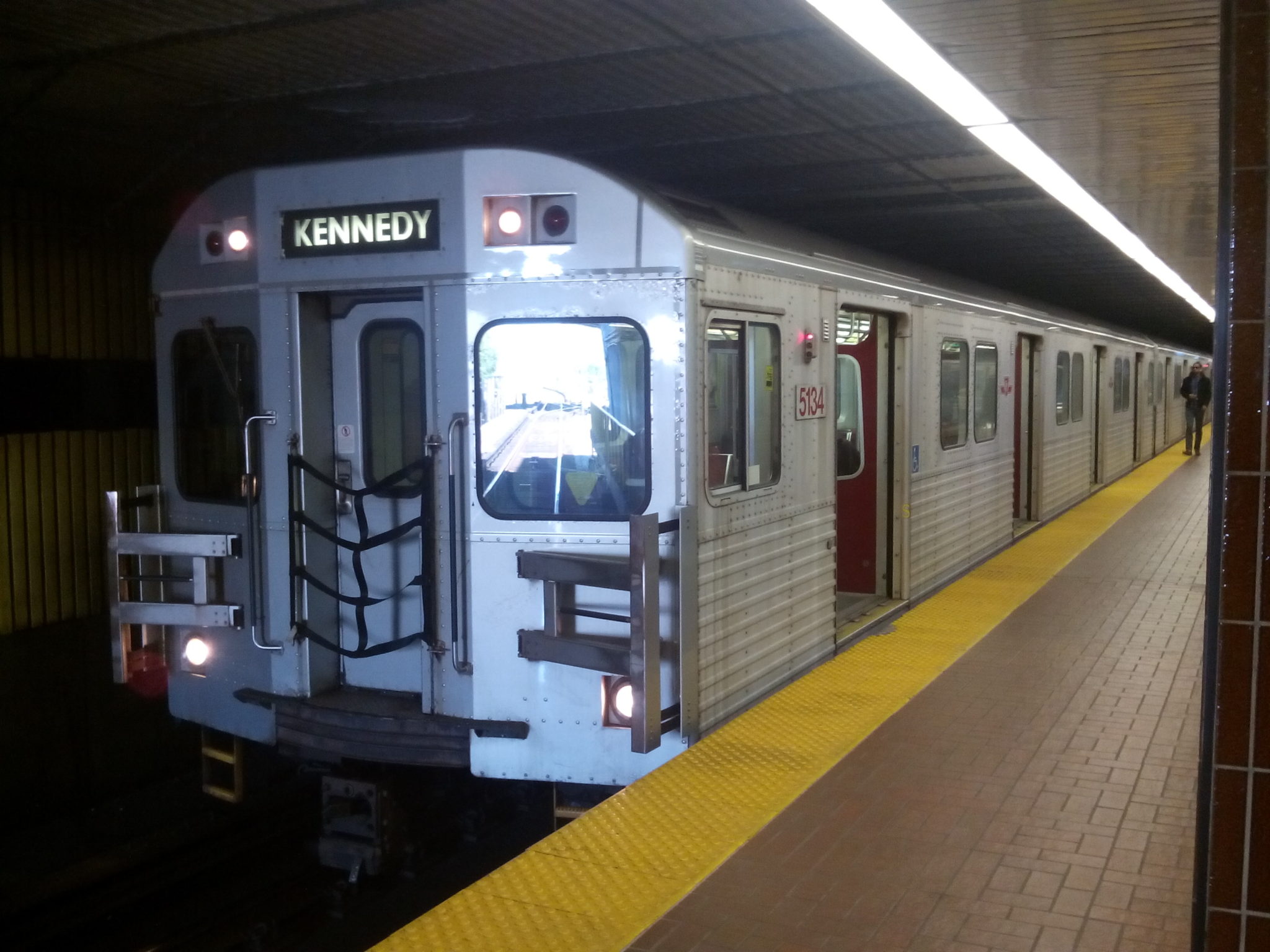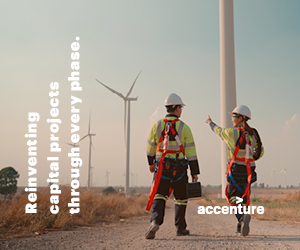It was January 30, 2018 when all eyes were on Canada’s busiest transit hub—Bloor-Yonge subway station in Toronto.
That’s the day when a vortex of bad circumstances aligned—16 problems during a three-and-a-half-hour period of chaos on Toronto’s subway system, including a frozen switch at one station at the northern end of one line, train door problems, emergency alarms, trains skipping one packed station only to further crowd the already over-capacity Bloor-Yonge (B-Y) stop, a faulty, smoking train stalling on its way to a yard for repairs causing a 20-minute delay for the next train, and a fight breaking out.
As transit users flooded into B-Y station, many people stood precariously close to the edge of platforms as they waited for delayed trains.
For some perspective, Toronto’s Line 1 Yonge-University subway line serves more than 700,000 daily transit trips; the entire line, but particularly the southern portion south of B-Y, has experienced overcrowding for many decades, says Toronto transit author Ed Levy in his book Rapid Transit in Toronto: A Century of Plans, Progress, Politics and Paralysis.
One urban issues writer, John Lorinc, wrote for Spacing magazine that the looming tragedy of someone being “accidentally shoved in front of a moving subway at Yonge and Bloor due to critical over-crowding on the platforms during rush hour […] is no longer a question of ‘if’ it is a question of ‘when.’”
“Will it be you?” he pondered ominously.
Although reasons have been provided for what led to this nightmare situation, a long-overdue solution is to build the subway Relief Line. In fact, Andy Byford—former chief executive officer of the Toronto Transit Commission (TTC)—said this is Toronto’s top priority.
The Relief Line has been promoted by leading transit advocates for many decades, and the TTC first recommended building the Relief Line (a.k.a. the Queen Street Subway) in 1969. Then, it was proposed to extend north beyond Eglinton Avenue.
The plague of politics
In Toronto, the problem with transit investment decisions is a nefarious form of what is seen in Montreal and other Canadian municipalities—politics often takes priority over the needs of the majority. Gathering the facts to make effective transit planning decisions is often under-valued by those who want to make the case for preferred pet projects.
After all, what’s the downside to transportation planners going along with a politically skewed plan—it’s only the public’s money, right? Except that there’s a limit to public coffers—sooner or later, the well runs dry and public confidence about these decisions diminishes.
A Globe and Mail article published last March featured related comments from David Crowley, a former TTC senior service planner specializing in data analysis and demand forecasting. He told writer Stephen Wickens: “Toronto’s biggest transit problem is we’ve overloaded core parts of the subway. We’d basically done that on lower Yonge 30 years ago, when I was still at the TTC. We have to relearn the importance of downtown to the whole region, the whole country. We’re in danger of killing the golden goose.”
Taking action
The Residential and Civil Construction Alliance of Ontario (RCCAO) has been banging this drum for a while. Four years ago, RCCAO produced a four-part video series to tackle how the Greater Toronto Area has lost many opportunities to improve transit because politics has dominated the planning process.
The videos provide an evidence-based argument to show how transit planning can be improved—by allowing transportation planners and engineers to provide alternative solutions and priorities based on existing and projected needs, all within a broad, multi-modal network context.
The second video in the series reveals that “nowhere is overcrowding worse on the TTC than on the Yonge line and at Yonge-Bloor station.” Through an extensive analysis of a time-series database, Crowley concludes that the Yonge line overcrowding is largely due to a tripling of commuters from York Region—the region north of Toronto—heading downtown over the past 25 years.
The third video confirms that most politically driven projects do not address Yonge line overcrowding, and that the ultimate solution is a Relief Line.
Our hope is that city council will do the right thing and commit to the Relief Line project most (or at least some) of the $4.9 billion pledged recently by the federal government to Toronto transit. It is long overdue.
Why does it take five decades, plus another 13 years if all goes to plan—let’s make that 60-plus years—to solve a transit problem that now calls into question the safety of transit users toeing the edge of packed subway platforms?
The estimated price tag for the Relief Line is $6.8 billion -that would place it at No. 7 on ReNew Canada’s Top 100 list for 2018. Imagine how much more cost-effective this project would have been 49 years ago. To date, only $150 million has been earmarked by the Ontario government for a planning and design study.
Imagine how a third north-south line would have transformed the city, linking the Don Valley communities with the downtown and providing relief to the Bloor-Danforth and Yonge lines.
As it stands, there won’t be any relief for Toronto transit riders any time soon—construction on the Relief Line isn’t expected to be completed until 2031, and that’s only from the financial district to Pape Station on the Danforth line, which will offer limited benefits compared to the completion of the line to at least Eglinton Avenue as recommended by the TTC in 1969.
The City of Toronto can’t wait 13 more years to relieve the pressure on its subway lines and stations. Even though costs have risen over the past few decades, further delays will dramatically increase costs.
Too often, politicians draw lines on maps without regard to network context and make decisions for short-term political gain. Even with rapid residential and commercial growth in downtown Toronto, political intervention has meant that this project has remained a low priority.
Unfortunately, the city gets stuck with politically charged transit decisions that lead to ill-conceived projects such as the Sheppard line, which did nothing to help relieve the pressure where it’s felt most.
With leaders in York Region and Scarborough pushing to extend transit TTC services to the north and east respectively, those extensions would bring far too many riders to the Yonge line and Bloor-Yonge station. Instead, improved GO train service would offer better options than the proposed subway extensions. Subway trains coming from North York and Scarborough are already overloaded before arriving in the core, and the Eglinton light-rail transit line will further increase demands on the Yonge line.
“Data and demand patterns are telling us the stupidest thing we could do is make any of our lines longer before putting another subway through the core,” says Crowley, who says network building, redundancy, and sequencing of projects is essential for building a well-run transit line.
Canada’s busiest transit stations and over-crowded subway lines need major relief – so it’s time to make the Relief Line the number one priority.
Note: The hashtag #GimmeRelief is currently used to promote the Relief Line as the top transit priority for the City of Toronto.












